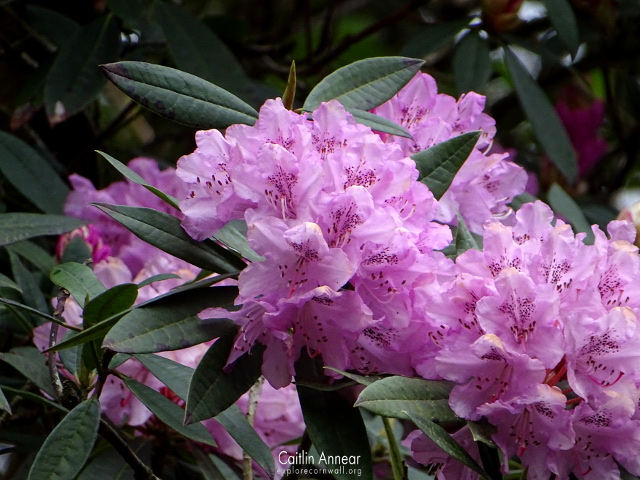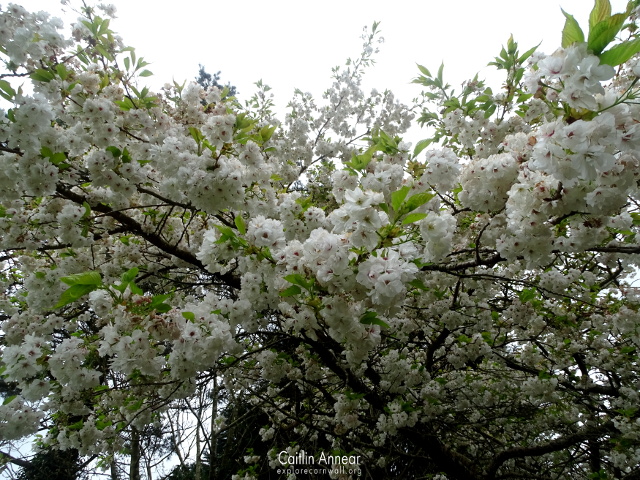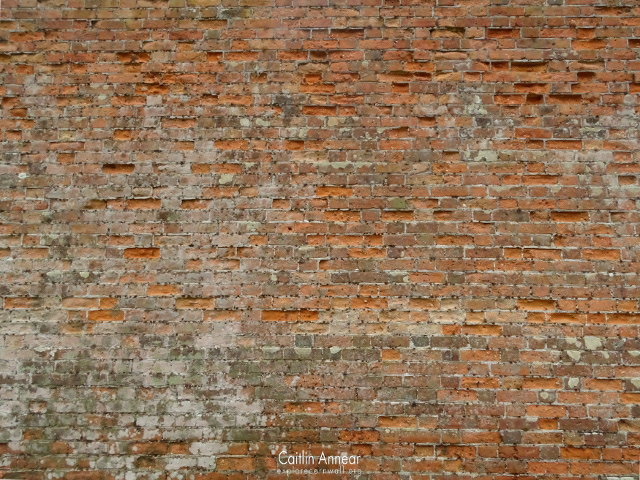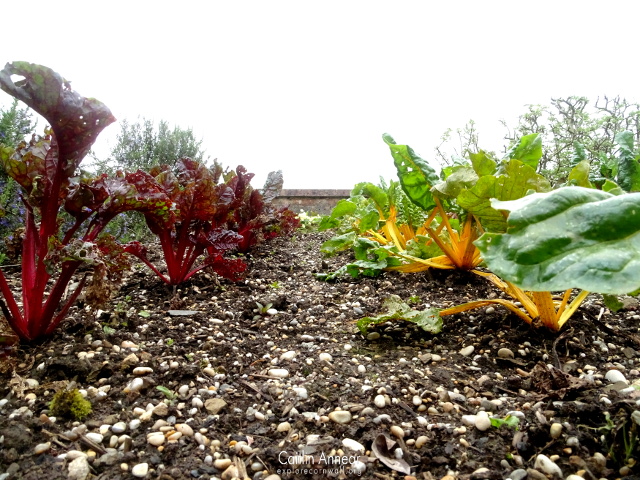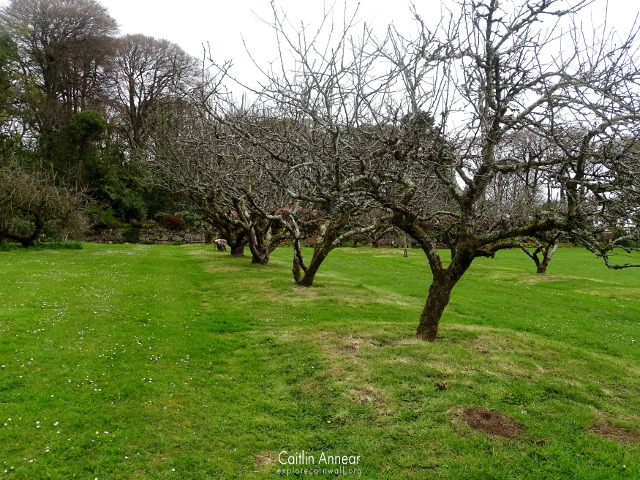Trengwainton on the outskirts of Penzance, is comprised of a Grade II listed house and gardens, both wooded and walled.
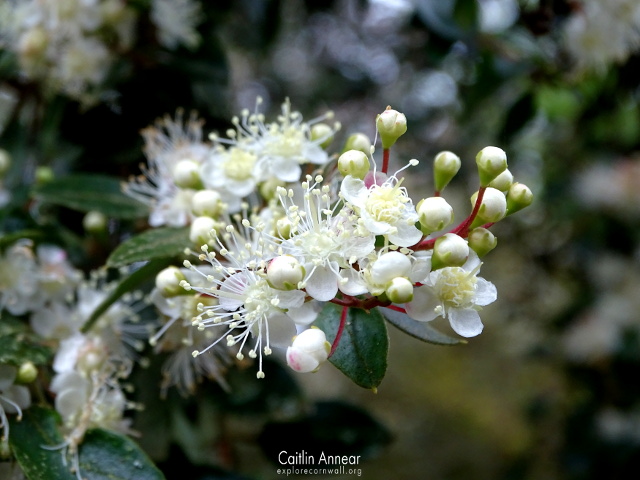
The land has been own by a number of different families since the late medieval period, starting with the Cowling family. The property was sold by Thomas Cowling to Francis Arundell in 1688 who had the house rebuilt in 1692. At some time around 1700, the land was sold to the Praed family who rented it out as a farm.
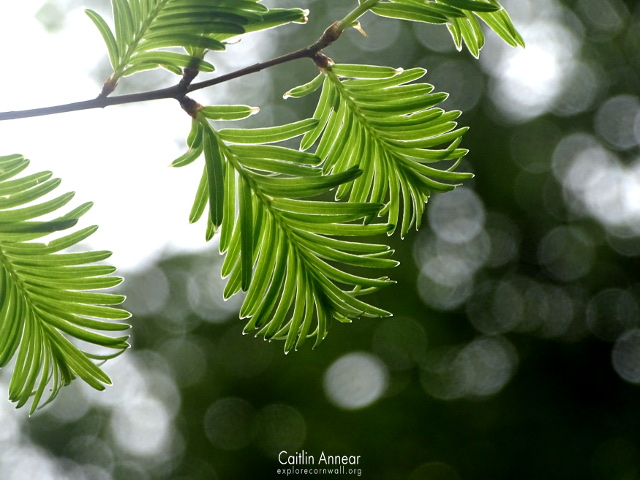
In 1813, Sir Rose Price bought the estate and during its time under his ownership he had the house remodelled, increasing it in size. He also created the raised terrace, the right entrance lodge, walled gardens, fish ponds and planted shelterbeds.
However, in 1833 following the abolition of slavery, plantations owned by the Price family in Jamaica were closed, having a significant financial impact. Sir Rose Price died two years later and the estate was sold to Henry Lewis Stephens of Tregenna Castle, St Ives, to help pay off some of the debt.
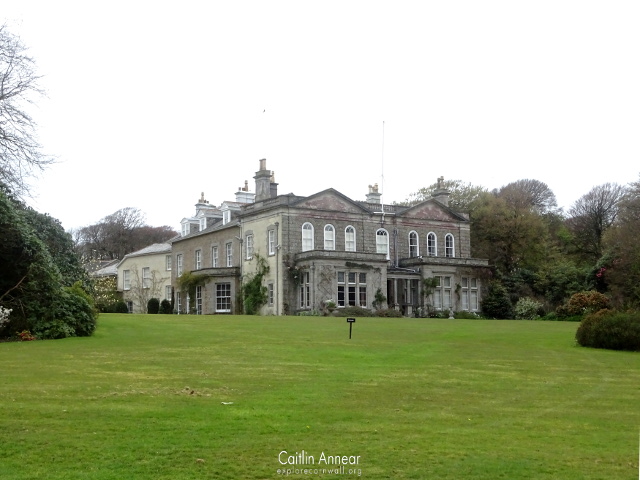
In 1867 the estate was acquired by Thomas Simon Bolitho, a member of the “Merchant Princes of Cornwall” Bolitho family. Their reach included banks (notably Barclays), mines, tin smelters, ships and pilchard fisheries. His son, Thomas Robins Bolitho again reformed the main house and gardens. When he died in 1925 the estate was left to his nephew Lt-Col Sir Edward H W Bolitho of York House, Penzance.

It was under Lt-Col that more significant developments were made to the gardens. In 1927, he was invited to share in a seed hunting expedition to Burma and Assam, from which over 150 species were brought back, including a number of the rhododendrons. In 1961, Lt-Col Bolitho gave the estate over to the National Trust with the condition that the family could remain in residence. His son Major Simon Edward Bolitho took over the house until his death in 1991. The house then went to his eldest son Col Edward Bolitho OBE who still lives there.
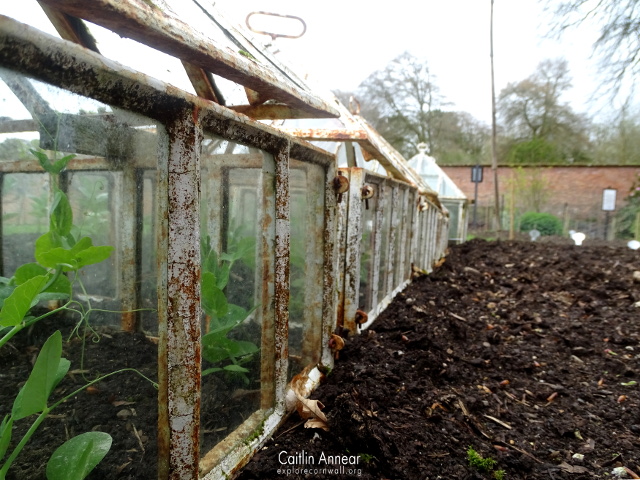
The garden is famous for its extensive variety of plants, ferns and trees. The estate has over 50 species of magnolia, but it is the rhododendrons that Trengwainton is truly famous for – many of the species originated from the above mentioned Burma/Assam trip and were raised by head gardener Alfred Creek who was responsible for the creation of a number of hybrids.
Trengwainton also boasts a number of Champion trees:
Craibiodendron yunnanense, Dodecadenia grandiflora, Eucryphia x hillieri and Hoheria populnea
Just under 90 of its trees are included on The Tree Register, a record of ancient and historical trees.

The gardens are currently owned by the National Trust. It is one of the few private gardens to allow dogs on leads and there is also a cafe which serves some seriously good cake (because of course we had to try some). The main house remains private.
There is free parking.
Gamble, B. (2014) Cornwall’s Great Houses and Gardens. Penzance: Alison Hodge Publishers.
Historic England (1999) Trengwainton. Historic England. Available at: https://historicengland.org.uk/listing/the-list/list-entry/1000657 (Accessed: 11 April 2019).
National Trust (2019) What makes Trengwainton so special. Available at: https://www.nationaltrust.org.uk/trengwainton-garden/features/what-makes-trengwainton-so-special (Accessed: 12 April 2019).

